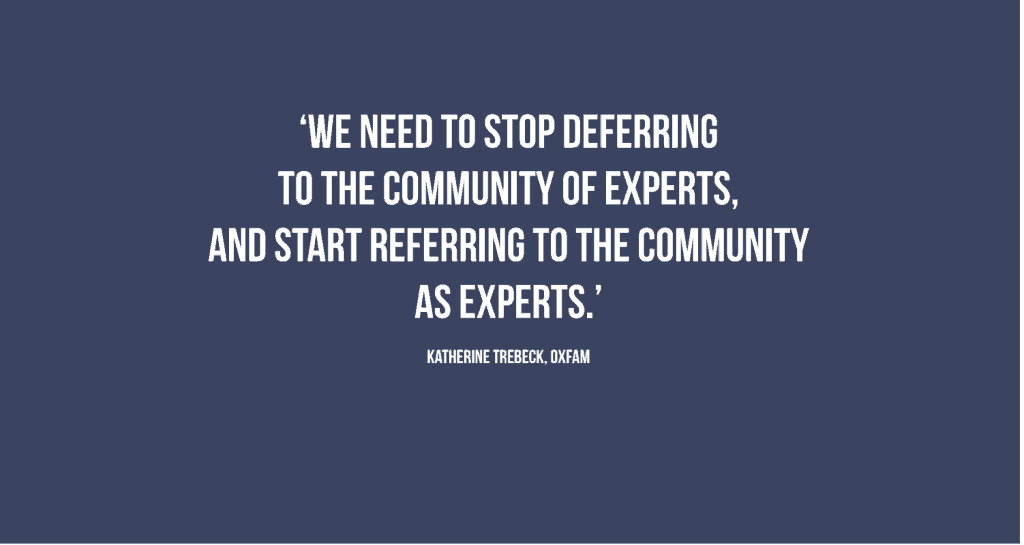Report: Codesigning programmes using the Fellowship as an example
Lifehack has always existed at the intersection of different worlds: we spend our time where the mental health and wellbeing world crosses into that of technology; where the world of tech meets social entrepreneurship; where the world of design crosses with world of business; where entrepreneurship and community meet.
It’s a unique place that enables us to experiment with new ways of approaching wicked problems like being tasked with improving youth wellbeing.
One of those crossovers in particular has been pushing our method (how we approach our work): where business tools mix with design tools for the benefit of community. In other words: how can techniques often used to generate monetary gains be deployed to improve outcomes for people in the community space?
At Lifehack in particular, this means using business tools like the value proposition canvas to work out who we are trying so serve with an initiative we’re scheming. It means applying design tools like empathy interviewing to make sure we deeply understand the problems we’re trying to solve. But most of all, we’ve been acknowledging the importance of keeping in mind the end user (ie programme participants) when it comes to developing initiatives. We call that codesign, a process of designing with people, rather than for people. It means incorporating people’s feedback into the product (or prototype) right from the start — or even before a formal start.
It can get abstract when talking about process. To bring this way of designing to life, we have written a codesign resource using our recent Flourishing Fellowship as an example. Head over to our Resources section to download the report.


